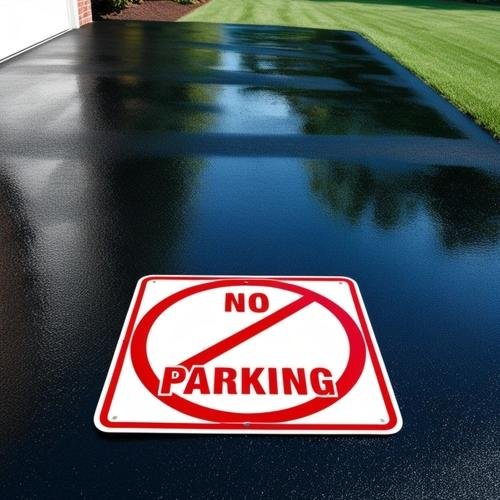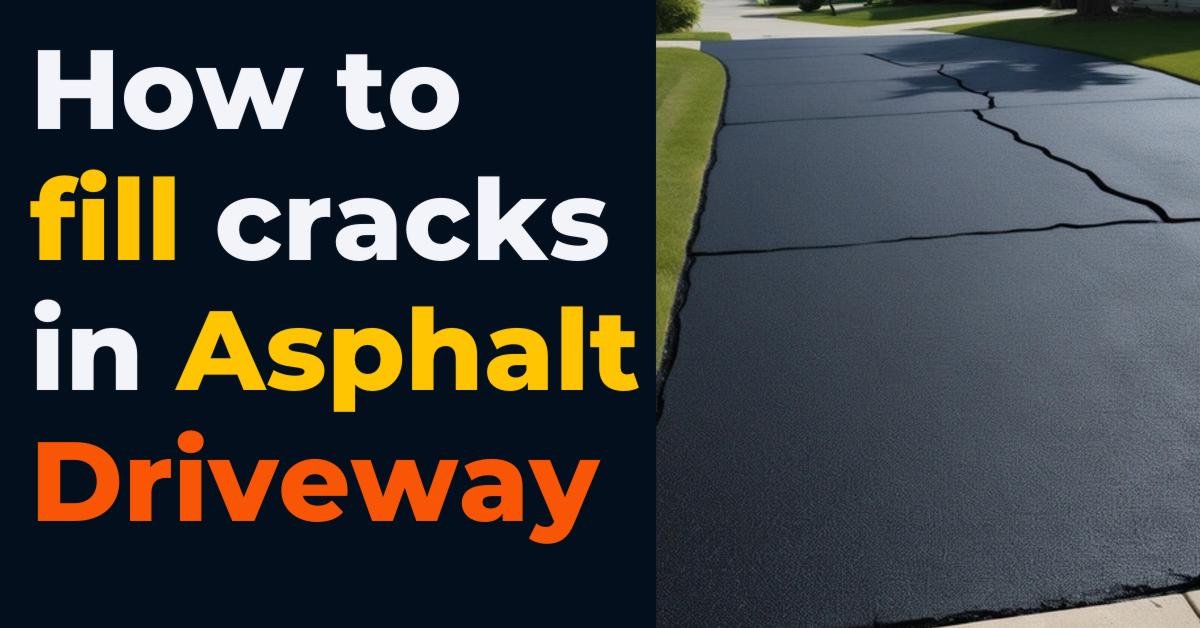Quick Summary for Busy Readers
- Clean the Crack: Remove dirt and debris using a broom or air compressor.
- Fill the Crack: Use a cold-pour crack filler for small cracks; for larger ones, consider hot-pour filler.
- Seal the Driveway: Apply a sealant over the filled cracks to protect against future damage.
Cracks in an asphalt driveway are unsightly; they can lead to more significant damage if not promptly addressed. This comprehensive guide will walk you through the steps to fill cracks in your driveway, using easy-to-find materials and straightforward techniques. Following these steps, you can maintain your driveway’s appearance and extend its lifespan.
Why Do Asphalt Driveways Crack?
Asphalt driveways crack for various reasons, including weather fluctuations, heavy vehicle traffic, and natural wear and tear. When water seeps into small cracks, it can freeze and expand, causing the cracks to widen. Understanding the causes of these cracks can help you prevent them in the future.

Materials You Will Need
- Broom or Air Compressor
- Wire Brush
- Cold-Pour Crack Filler
- Hot-Pour Crack Filler (for larger cracks)
- Sealant
- Gloves and Safety Glasses
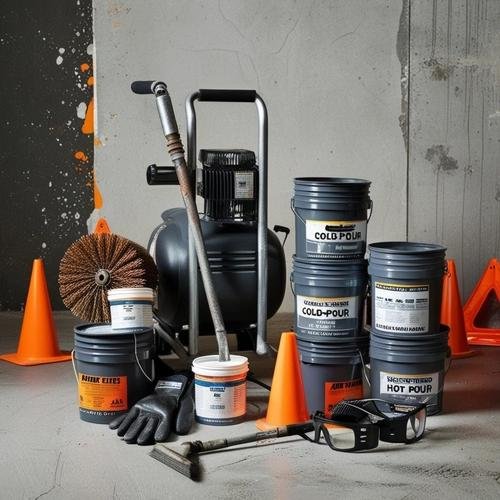
Step-by-Step Guide to Filling Cracks in Asphalt Driveway
1. Clean the Crack
The first step in repairing your driveway is to clean the crack thoroughly. Remove any dirt, debris, or loose asphalt using a broom or an air compressor. This ensures that the crack filler adheres properly to the asphalt.
Instructions:
- Sweep the area to remove loose debris.
- Use a wire brush to clear out any dirt within the crack.
- If available, use an air compressor to blow out remaining dust and particles.

2. Fill the Crack
For small cracks (less than half an inch wide), use a cold-pour crack filler. For larger cracks, you may need a hot-pour filler, which requires heating before application. Make sure to follow the manufacturer’s instructions carefully.
Instructions for Cold-Pour Filler:
- Shake the bottle well before use.
- Cut the tip of the filler bottle to the desired size.
- Slowly fill the crack, slightly overfilling to allow for shrinkage as the material cures.
- Smooth the filler with a putty knife to ensure it is level with the driveway surface.
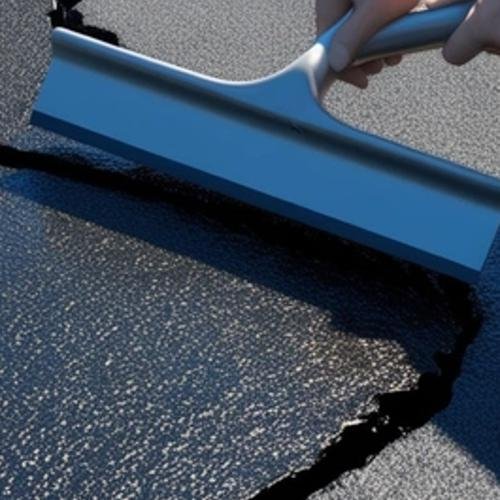
Instructions for Hot-Pour Filler:
- Heat the filler in a kettle according to the product’s instructions.
- Pour the hot filler into the crack, ensuring it fills.
- Allow the filler to cool and solidify before moving on to the next step.
3. Seal the Driveway
After the crack filler has cured, apply a sealant over the entire driveway. This provides a protective layer against water, oil, and UV rays, which can further damage the asphalt.
Instructions:
- Stir the sealant thoroughly before use.
- Use a squeegee to apply a thin, even layer of sealant across the driveway.
- Allow the sealant to dry for at least 24 hours before using the driveway.
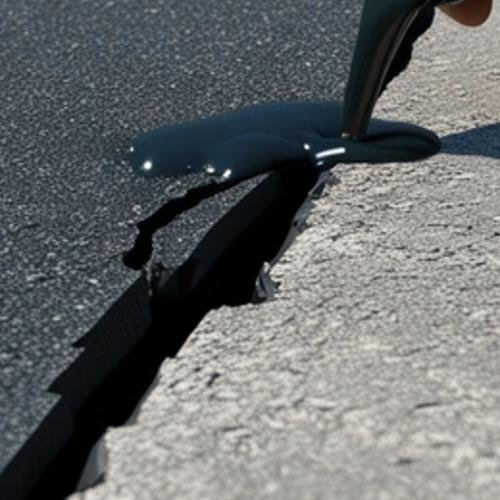
Common Mistakes to Avoid
- Not Cleaning Thoroughly: Debris left in the crack can prevent the filler from adhering properly.
- Overfilling or Underfilling the Crack: Ensure the filler is level with the driveway surface.
- Skipping the Sealant: Not sealing after filling can lead to quicker deterioration.
Asphalt crack filler machine
An asphalt crack filler machine quickly fills cracks in asphalt. It heats filler material and applies it evenly. This machine is perfect for repairing large driveways or parking lots. It saves time, provides a professional finish, and extends the life of asphalt surfaces.
Specifications:
- Heating capacity: 300-500°F.
- Melting tank capacity: 50-200 gallons.
- Application method: Hot pour.
- Power source: Gasoline or diesel engine.
- Pump type: Gear or diaphragm.
- Hose length: 10-20 feet.
- Weight: 500-1,500 lbs.
- Mobility: Trailer-mounted or skid-steer.
How often should I fill cracks in my driveway?
It’s best to check your driveway for cracks every six months, especially after winter. Fill cracks as soon as they appear to prevent them from growing larger.
Can I use the driveway immediately after filling the cracks?
No, allow at least 24 hours for the filler to cure before using the driveway. For hot-pour fillers, this could be longer depending on the product.
